Buying Used Golf Clubs
Used golf clubs seem to be quite the hot commodity right now. With data coming out from 2020’s golf boom on how big equipment sales were, we’re finding a lot of that was in the used market by players looking to get back into the game, or to even get into the game for the first time. In fact, when I recently posted a picture of a bunch of used club heads I found in the archives, I was surprised how many people asked if I was selling these clubs. I mean, some of them were over a decade old! It’s likely safe to assume that the ultimate goal is to get some good gear at decent prices rather than pay full prices for new gear.
Don’t get me wrong, I’m no stranger to buying used golf clubs myself. I’ve definitely acquired many a sweet gem in the used market over the years. But there are certainly pitfalls and it can quickly turn into a “needle in a haystack” situation before it even gets close to “diamond in the rough”. So what I thought I’d do here in the offseason is pop in a post to maybe help someone looking to buy some used gear.
Buying used clubs is somewhat of a balancing act. Figuring out the right combination of what looks good to you, feels good, plays well for your game, etc AND the price is right. To some degree, that comes down to your personal choices in how you’re going to weigh all those factors.
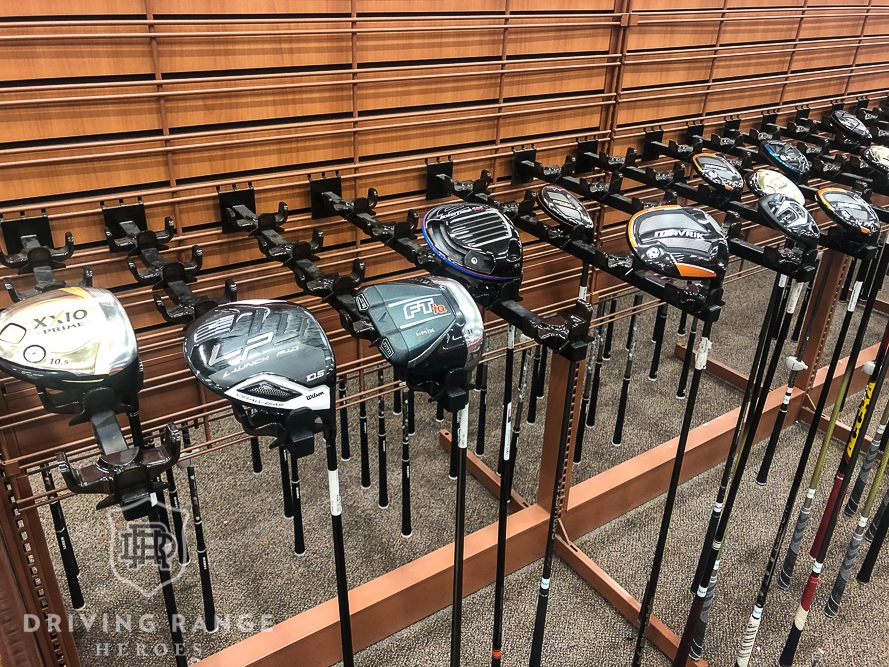
The Looks
If you’re not too serious about your gear, then my advice is to not worry about beauty contests. If the club(s) don’t look cosmetically perfect, but are in good shape structurally, they’ll still play fine. They’ll also cost less because they don’t look as fresh. If you’re cool with that, a great way to save money. Just make sure the club isn’t all dented and that it’s not deeply scratched in the face. Oh, and if there is carbon fiber on a wood or hybrid, you definitely don’t want deep scratches there either. Surface scratches in the clear coat won’t affect performance.
For irons and wedges, make sure the grooves are in fairly good shape and clean. Ideally, you want the grooves to be as fresh and sharp as possible. This can be tough in used gear, but if they look REALLY shallow or non-existent, that’s a bad sign. One other thing I’d suggest is to make sure there aren’t any major dings or gouges in the grooves. This doesn’t necessarily mean the end of the world, but may as well find something else that doesn’t have that.
Again with the irons and wedges, just make sure the soles and “leading edges” don’t have any major damage to them. Minor dings and nicks will be ok, but sharp chunks and glaring blemishes…just avoid them.
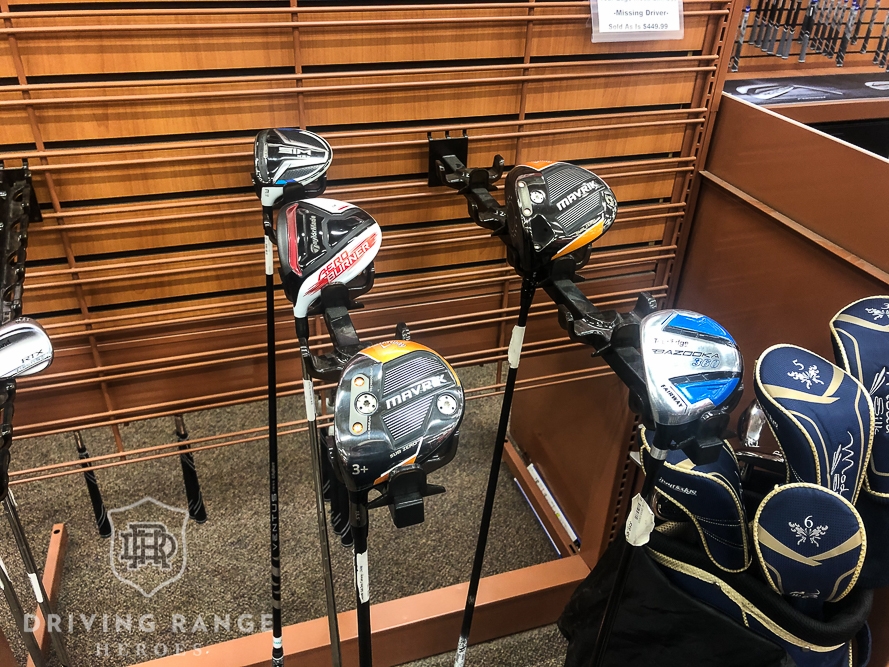
What to Buy
This portion is easier said than done. This more means, “know what kind of golfer you are.” If you don’t play much, look for something in what golf refers to as “game improvement clubs”. Game improvement (GI) clubs tend to be more forgiving, easier to hit in the air, easier to keep in play, and longer in distance. If you’re a better player, you likely know the kinds of things you’re looking for so this portion of “what to buy” might not be applicable.
In terms of “clubs you need for your bag”, there are plenty of options. You have 14 spots in the bag to fill if you want. Start with an iron set that goes from 4 through pitching wedge. Yes, we could configure this part of your bag in many different ways, but this is a good start. Then I’d recommend picking a putter that looks good to you and feels comfortable at this point. Next, a driver with 10.5º of loft, a 3 wood, a 3 or 4 hybrid/utility/rescue, and a 56º sand wedge. Remember, this is all just a starting point. Maybe I’ll write a “Phase 2” post in the near future. Yes, that’s less than 14 clubs, but it’ll get you out playing and saving some money.
Test the Gear
This may require a little ego swallowing, but I encourage you to test used golf clubs before you buy them. Especially if you aren’t a gear nerd like some guy that would run his own golf website… This will give you a sense of what works best for you, any hidden flaws you can’t see just by looking at them, and a generally better perspective. I think this is especially important if you aren’t really sure what kind of golf gear works for you. This is also a great time to see if you’re swinging the right flex, weight, and maybe lofts. Regardless of anything, I strongly encourage you to test the gear if it’s an option.
One last overall point: don’t worry if grips are trashed and slippery, they are easily replaced with fresh new ones and will often be done for free with purchase of the grip.
Authenticity / Counterfeits
I gotta point it out, folks! Be aware that golf clubs are heavily counterfeited so you want to know what you’re buying. If you’re buying used golf clubs online, make sure you’re buying from a reputable seller. Most of the major retailers have some sort of online used equipment program. A lot of the major OEM club companies do too. Both are good sources.
Try and get EXACT pictures if you’re buying online so you aren’t surprised by anything like condition or authenticity. Plenty of people getting scammed by obviously fake equipment that even a novice with Google could identify if they saw actual pictures. Or a used club shows up in way worse condition than the stock photos showed. Either way, know what you’re buying.
Special note: Scotty Cameron stuff. There is no other golf anything more faked than Scotty’s putters and headcovers. So much so I’d say avoid it altogether unless you really know what you’re doing at this point or where you’re buying it from. “I know people say Scotty Cameron putters are the best and I got a great deal on this for $200 when they’re normally $400+!” Yeah and it’s 100% fake, and you just spent $200 on junk.

Final Thoughts – Used Golf Clubs
My biggest piece of advice is to take at least a little time to look around, see some things, do some research, and figure out differences between some of your options. Like anything else, there’s no reason not to get to know what you’re spending your money on. And have an idea of what your goal is. Are you trying a new Covid-friendly hobby? Are you getting back into the game? Do you just need an equipment refresh and anything the least bit newer is better than what you have? Might as well be prepared regardless of your reason to buy some used golf clubs.
One last point worth making is to pay attention to the age of the club. True, you can buy super old clubs and save a ton of money, but you may be missing out on some big advances. A lot of new technology and designs have made clubs more forgiving and better performing. This could make a huge difference in your enjoyment of the game. By all means, work within your budget, but try and have an idea of what you’re actually getting for your money.

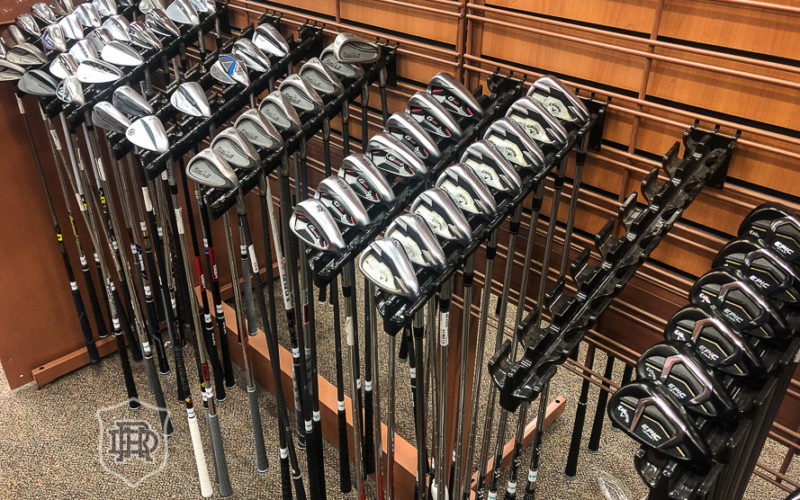

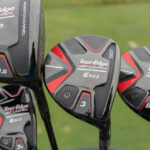

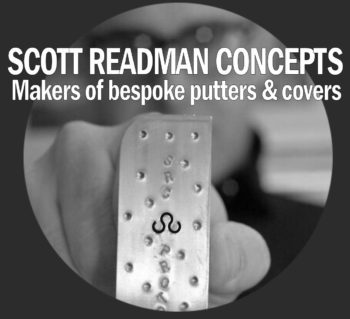











No comment..
I wonder if you have Left handed Yamaha Impress+2 Driver?
Thanks you
We don’t sell clubs.
How can I get a rocketball driver
eBay, google, I don’t know. Part of the search process!
What are your thoughts on clones vs used – especiallysl since minor customization is included? Do you have thoughts on which clones might be better (pinemeadow vs gigagolf vs lazrus…)?
It varies. Some of them are probably perfect fine and made well, but that’s probably a pretty significant gamble. The quality control and tolerances are often pretty low, as well as pretty poor materials, making for pretty weak gear. That said, there are certainly exceptions, but tough to speak on those at a high level with any level of certainty.
Great article. Your most important point: know what works for you.
I am looking for an Adams Tight Lies Tour RH Gap Wedge, 2002-2005 version; club or head only.
Ron Block
I am looing to buy an Adams Tight Lies Tour RH Gap Wedge, 2002-2005 model. Club or head, only
Take a look through ebay on a regular basis. That’s realistically your best bet.